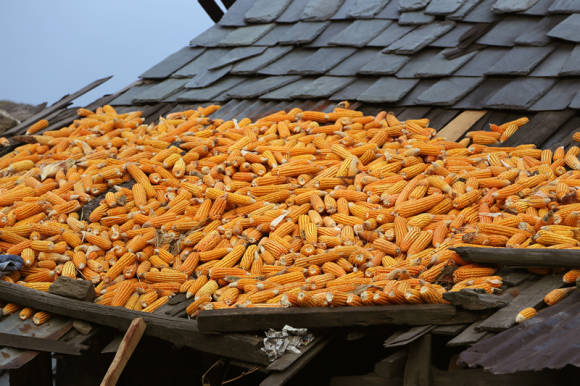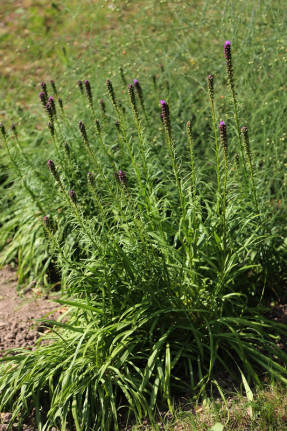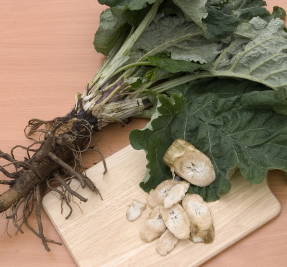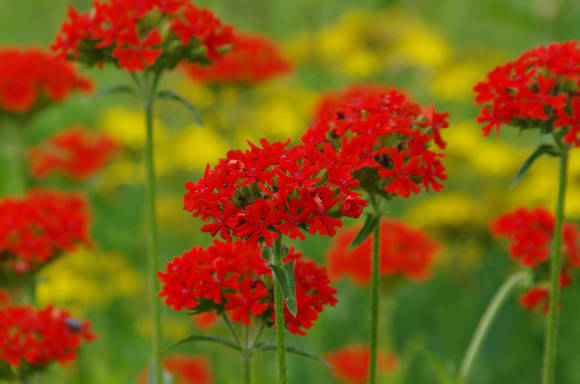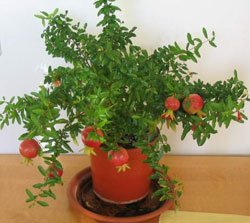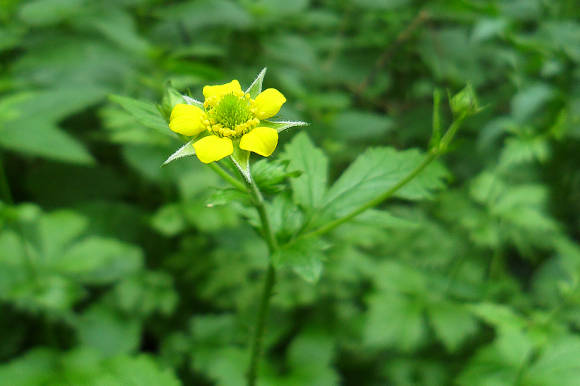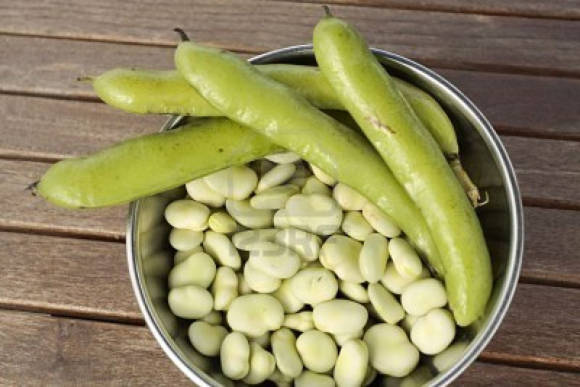
What is needed for an automatic irrigation system
A properly working system can be assembled on your own, but there are a lot of little things in the design process, so it is better to entrust the assembly to a specialist or at least have the opportunity to consult before starting work. Design mistakes can be costly later - you will be watering live plants, and excess moisture or lack of moisture can be detrimental to them.
For self-production of an irrigation system, it is necessary to purchase plastic pipes (HDPE) with a diameter of 25 and 32 mm for small areas (up to 15-18 acres), or 40 mm and 25 mm in diameter for large ones (more than 20 acres). Connectors, sprinklers, drip hoses, valves, pump, water tank, rain or soil moisture sensors, control computer are purchased from garden centers or from firms that supply this equipment. The list can be long, but I don't want to scare the end user with the abundance of details and I'll get to the main point.
First you need a plan
When assembling the irrigation system yourself, a site plan is required. On it you need to draw a diagram of the system with the location of the sprinklers and highways. If there is no ready-made plan, then you will have to draw it yourself on graph paper with the location of all buildings, landings and paths. Ideally, if the site is new, you do not have to spoil the grass and planted plants. If the site is already planted and has a lawn - then the only rule, like doctors', - do no harm.
Before starting excavation work, you should mark the site in accordance with the irrigation system diagram. It is more convenient to do the marking with a cord - preferably polypropylene, colored or white, stretched between the pegs. Instead of pegs, welding electrodes with a diameter of 4-5 mm will fit. The cord is pulled so that it does not sag. They usually dig on one side of it to a depth of about 25 cm (shovel bayonet), referring to the diagram. Sometimes difficulties can arise in the form of stones underground, tree roots and other obstacles. In this case, it is necessary to adjust the laying scheme, if it is not possible to eliminate the obstacle in order to move on.
Read also articles about drip irrigation - A simple irrigation system for the site, Methods for watering white cabbage.
From earthworks to system installation

Digging on the new site is not a problem - you fold the earth to the side of the trench. When working on the lawn, it is necessary to provide for its protection, since prolonged contact of the lawn with the dug earth can lead to the death of the grass layer and to additional costs for its repair. We have developed a certain scheme for laying routes on the lawn, which minimizes damage to it. This method may be more time consuming, but it pays for itself. According to the marking, parallel longitudinal pricks of the sod with a titanium shovel are made to the depth of the excavation. Why titanium? We have noticed that the earth adheres less to the titanium surface and therefore it is possible to work even on very damp soil. Then we cut out roughly equal cubes of turf with the ground and fold them along the trench for the length of the highway, which can be installed immediately. We use Fiscars shovels with a telescopic metal ergonomic handle and a semicircular blade end to dig out sod and soil. We have been using these shovels for many years and are very satisfied with their quality, although their cost is quite high and can go up to 1.5 thousand rubles.
The pipes for the system are laid on the leveled bottom of the trench. They are delivered in coils 50-100-200 m long. Before laying them in trenches, it is better to spread them out on the surface for straightening - then it will be easier to lay them in the trench. It is especially important to do this during the period of work at an air temperature of +10 ... + 15оС. Low-density polyethylene (HDPE) pipes are tough at these temperatures and more difficult to handle.You can, of course, warm them up with warm water, but it so happens that by the time of work on the site there is only cold water.
 |  |  |
Then, according to the layout of the highways, pipe cuts are made in the right places, and the fragments are connected with fittings. At certain points, sprinklers are mounted in the cuts, taking into account the radius of spraying of each. The main lines are connected to valves and underground water supply columns (hydrants). By the way, about hydrants. It is better to use the Gardena underground speakers - believe our experience. Hydrants with a special key are less reliable and easier to use. The reverse side of the line (32 mm and 40 mm) is taken out to the pump with a tank.
After that, you can immediately return the sod to its place, and the section of the track is already ready. With such a laying and installation system, the contact of the lawn with the ground is minimal and no damage to the surface is observed. Excess soil can be spread over the surface of the lawn using a fan rake or a stiff broom or brush. On the plan, during the preliminary drawing of the system, the overlap of the irrigated areas by sprinklers is taken into account so that there are no un-watered land plots, but sprinklers should not be placed close to the plants, otherwise the water jet may damage them.
 |  |  |
The main line, which supplies water under pressure to the control valves, has a larger diameter than irrigation lines with sprinklers (32 and 25 mm, 40 and 25 mm, respectively). The number of sprinklers on the line is calculated from the sum of the total flow for each sprinkler and the pump capacity. For example: all sprinklers on one line have a total total flow rate of 3500 l / h, and the pump has the same capacity - naturally, the number of sprinklers in this case must be reduced, or the power and capacity of the pump must be increased.
The pump flow must always be higherthe amount of costs of sprinklers on one lineper unit of time, then uniformity and correct watering is guaranteed. If you do not follow this rule, the first sprinkler will operate at full capacity, and the last sprinkler will barely give out a thin trickle of water. Fortunately, many manufacturers equip sprinklers with a large number of replaceable nozzles and you can choose the one that will suit the given situation - reduce or increase the flow rate and radius of the water jet.
 |  |
How does water get into the irrigation system?

For this purpose, plastic containers of various shapes made of polyethylene are used, which are most suitable for these purposes. The containers can be purchased at the garden or construction markets, or at firms that supply irrigation equipment. They are usually blue in color, but they are green and black. It is recommended to protect colored containers (except black ones) with a black film to eliminate water bloom due to the formation of algae inside, which can clog the entire system.
Water is supplied to the container from a house or a well, and from there it is pumped into the main line with the help of a pump. The upper water level in the tank is regulated by a high flow float valve. The valve allows you to add water during irrigation and its level will decrease more slowly than without it. The volume of water in the container should correspond to the total irrigation consumption of the entire site in one cycle, plus a margin of 30 percent just in case you have to increase the irrigation time. The volume of the tank can be from 1 m3 to 4-6 m3 and more. For a plot with an area of 20 acres, a tank of 2 m3 may be enough. The main thing is then to correctly draw up an irrigation control program and make time delays to turn on the valves. Usually on one cycle glaze one zone 150-250 liters of water can be enough with an average area of a plot of about 20 acres, divided into small zones. With regular watering, the plants and the lawn will have enough of this moisture even in hot summers, since there is moisture in the air, and in the surface layer of the root zone, and in the dew.From the practice of drawing up watering programs, I recommend allocating the morning hours (5-6 hours) for early watering and after 21 hours for evening watering. The operating time of each valve is approximately 10-15 minutes (may vary).
Now let's talk about the work and operation of the system.

The automatic watering system for plants at the summer cottage is operated mainly from spring to autumn, at an air temperature of +10 to + 40 ° C. The pressure in the supply line does not exceed 6 atm (bar) and depends on the pump power (in the bulk, garden pumps do not produce more than 6 atm), the temperature of the supplied water should not exceed + 32 ° C.
The system can operate in manual and automatic modes. Manual watering is carried out when the solenoid valves are turned on by the user or when the ball valves on the lines are opened, if the valves are not installed, in this case the watering time is controlled by the user of the system. Watering in automatic mode is switched on according to the program entered into the control heads of the valves using a programmer or using a remote control computer. It is permissible to use from 4 to 6 waterings per day for each valve with the duration of watering from 1 minute to 10 hours per program. The number of valves can reach several dozen (depending on the system configuration and controller model).
 |  |
For the convenience of servicing the system, you can additionally install drain valves on all lines at their lowest points. The solenoid valves operate on batteries of the "Krona" type - 9 V or with batteries of size "AA" - 1.5 V. With stationary controllers, the solenoid valves operate at a voltage of 24 V. allows you not to lose all the information entered into it in case of accidental disconnection of electrical power in the house. The batteries have enough energy to operate the equipment throughout the season. Before using the system, it is necessary to replace the all batteries in the installed equipment.
 |  |
A fully automatic mode of the system is possible, using soil moisture sensors or precipitation sensors, which are connected to the control heads of the valves or to the controller. Sensors take into account the condition of the soil (moisture) or the presence of precipitation in the form of rain with an intensity not less than 1 l / m2... When a signal from the sensor is received, the watering program is blocked. The next watering program will be turned on. only after the sensor is completely dry, or when the level of soil moisture decreases.

The equipment used in the automatic irrigation system does not require special operating skills. The simplest rules required for the smooth operation of the equipment are as follows:
- once every 2 weeks, check the cleanliness of the water pre-treatment filters before entering the pump and supply lines;
- Replace all supply batteries once a season (usually at the beginning);
- after the end of the summer season, remove the solenoid valves from the protective wells, if necessary, and also remove the precipitation and soil moisture sensors for storing them in a warm room. Or blow the lines with compressed air from the compressor, in this case no need to remove valves;
- Remove all batteries from equipment when storing equipment over the winter.
When using the automatic irrigation system on lawns, it is necessary to monitor the mowing height of the lawn. It should not be less than three centimeters. Otherwise, damage to the sprinklers can be observed (spray heads are cut off) - this occurs when the soil layer shrinks with an artificially poured fertile layer. After the formation of the fertile layer, its shrinkage can continue for several seasons until it reaches its natural density.
 |  |
At the end of irrigation, the sprinklers release the remaining water through relief valves or nozzles, and local subsidence of the soil around the sprinklers at the lowest points of the main lines can be observed. In this case, it is necessary to renew the soil layer around the sprinkler to eliminate soil subsidence. Some manufacturers of irrigation equipment have models of sprinklers with blocking valves that do not drain water at the end of the irrigation cycle, but such sprinklers are somewhat more expensive.
Periodically it is necessary to check the cleanliness of the filters in the sprinklers (where they are) and to clean the upper part of the sprinkler head with a soft brush from the remains of soil and grass. If necessary, it is necessary to resume the setting of the sectors of irrigation and range on the sprinklers. These activities areregulatory for long-term operation of the entire system as a whole and are performed by the user or when concluding a service contract - by the company that installed the system.

To securely install the control heads on the valves and the valves themselves in the protective wells, periodically lubricate the rubber seals on them with neutral silicone or Vaseline grease, which is supplied with the valves (GARDENA) or purchased separately from garden centers. This will make it easy to mount and dismantle this equipment during operation or for repair. Be sure to keep all equipment clean. Do not allow soil to get into precipitation sensors, inside protective wells, inside sprinklers and valves. Clean these cavities with brushes and water. Precipitation sensor lenses should be rinsed with water and wiped with soft cloths. The internal cavities of the sensors also need to be washed and dried (when the sensors are located close to the ground). This will ensure their reliable operation.
And, in conclusion, about the companies you can trust when choosing equipment:
Pumps - GARDENA, ESPA, GRUNDFOS, SPERONI
Sprinklers - HUNTER, GARDENA
Fittings - GARDENA, Irritec.
These are, in fact, the main provisions that I wanted to say. It is up to you to choose and decide whether to make the irrigation system yourself or contact a specialist. In any case, this information will help you understand and assess your capabilities and focus on the right decision.
